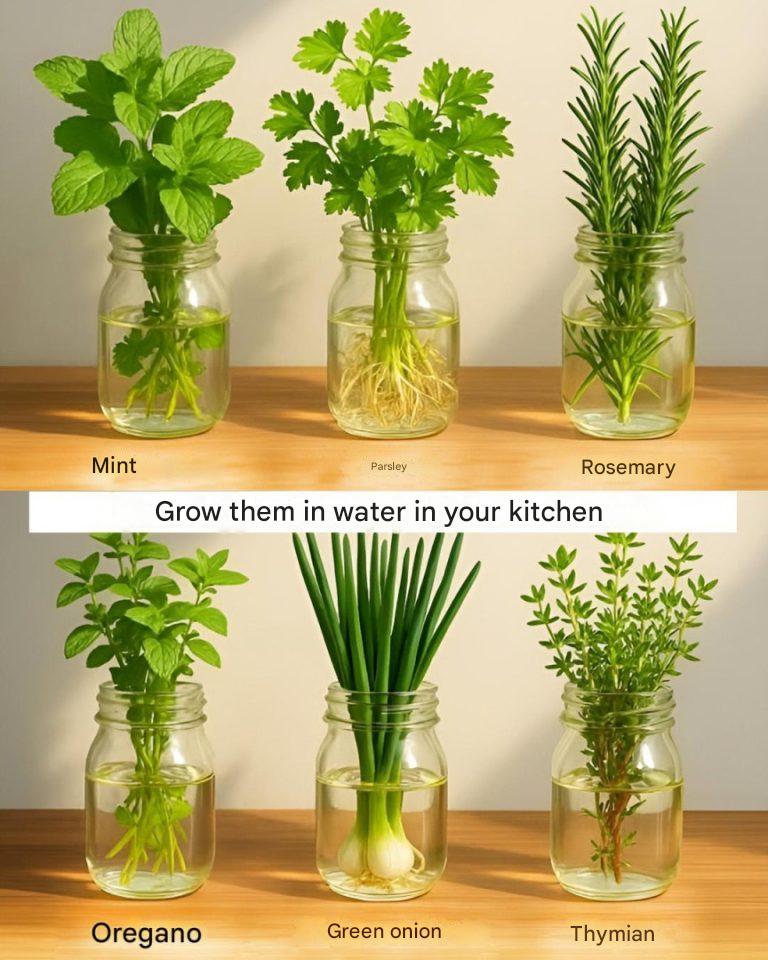The water hyacinth (Eichhornia crassipes) is tempting with its lavender-blue flowers and glossy, light green leaves. However, you should be careful, as this plant grows quickly and, if left unchecked, can take over the entire space. However, it offers excellent cover for the fish while providing them with natural protection.
Care tip: To prevent the plant from dominating the entire pond, trim it regularly.
Anubias: Enduring Elegance
Anubias (Anubias spp.) are highly valued in aquariums due to their resilience and low maintenance. Their thick, dark green leaves lend a sophisticated character to both aquariums and water gardens.
Care tip: Attach them to rocks or submerged pieces of wood instead of planting them in the ground.
Water poppy: a bright accent
With its bright yellow flowers and floating, heart-shaped leaves, the water poppy (Hydrocleys nymphoides) is perfect for adding color and joy to your ponds. Its lush blooms are perfect for brightening up any body of water.
Care tip: To encourage lush blooms, give the plant several hours of sun per day.
Lucky Bamboo: A feng shui plant.
Although Dracaena sanderiana is not a true bamboo, it enjoys great popularity in modern interiors. This plant grows easily in water and is said to bring good luck and prosperity. Its slender silhouette fits perfectly into modern interiors.
Care tip: Change the water every two weeks and place the plant in a location with diffused light.
Papyrus: Majestic Attraction
Papyrus (Cyperus papyrus) creates a dramatic effect with its long, elegant stems crowned with delicate clusters. Perfect for large water gardens or indoor pots, it grows easily in standing water.
Care tip: Keep the roots in shallow water and place them in bright light.
Aromatic herbs: Freshness in your kitchen
Did you know that some herbs grow perfectly in water? They not only add aroma and flavor to dishes, but also add an aesthetic, green accent to the kitchen. Here are some of the best varieties for indoor cultivation:
Mint: Place a sprig of mint in a glass of water and let it take root. Place it in a bright spot near a window.
Parsley: Place a few sprigs in a pot of fresh water. To ensure continued growth, change the water regularly.
Rosemary: Place a sprig in a glass of water and wait for it to take root before using it in cooking.
Green oregano: A hardy plant that grows easily in water with minimal natural light.
Thyme: Soak thyme sprigs in a glass of water and place them in a location where they will receive direct light for optimal growth.
Care tip: Change the water every 3-4 days to prevent mold and ensure the plant receives adequate natural light.
Why is it worth adopting aquatic plants?
Plants that grow without soil have many advantages:
Easy to care for: Does not require soil or special fertilizers.
